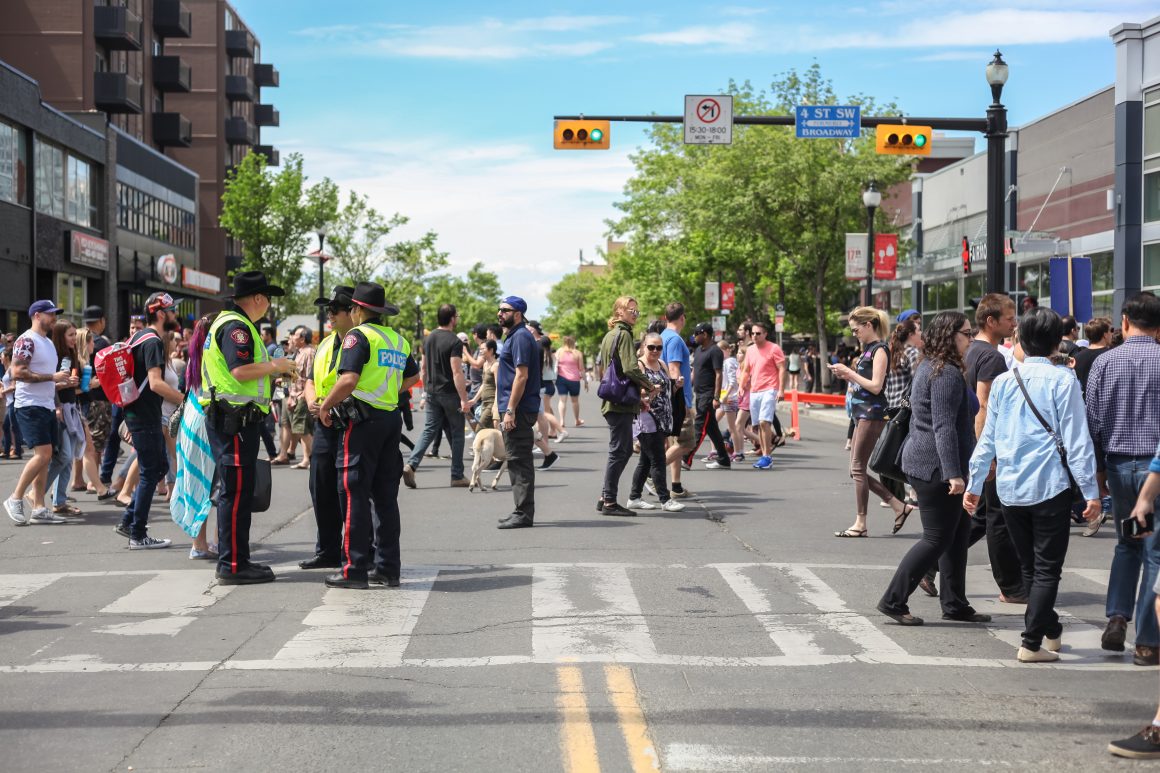
Cities should consider safety measures when designing urban spaces
By Mariah Wilson, October 6 2017 —
Higher density spaces are usually a testament to the idiom that there’s safety in numbers. When I moved to Calgary, I immediately felt much safer in the hustle and bustle of city life. But with recent attacks in high-density public spaces in Edmonton and Las Vegas, this idea is being challenged by terrorists posing threats to urban spaces.
Scholars argue that while higher-density areas have the advantage of being able to defend pedestrians against isolated attacks, they’ve also historically been targets for disease and violence. This is evident from the bubonic plague or the bombings of urban centres in the Second World War. Today is no different. When urban spaces are threatened by an uptick in terrorism and mass shootings, one has to question how this will damage the quality of life in cities.
While I enjoy using Calgary’s pedestrian-friendly areas, such as Stephen Avenue, Kensington and the pathway system along the Bow River, doubts have been creeping into my mind about how safe these spaces will be in the imminent future. In the last few years it’s become a growing trend for terrorists to target areas with heavy pedestrian traffic. Their motivation is to incite terror by engaging in violence in crowded areas. Because these instances mostly happen in Europe, my mind dismissed the notion of them happening anywhere close to home. But the recent attack in Edmonton resurfaced my underlying fears.
As an aspiring urban planner, I’ve contemplated how to create the quality of cultural experience that people desire while protecting them from external threats. Australian Prime Minister Malcolm Turnball has put in motion the installation of barriers at the entrance to stadiums, pedestrian walkways and other places frequented by large crowds in order to eliminate the possibility of terrorist attacks with motorized vehicles. His mentality is that Australians should be able to live their lives without being worried about their safety.
After attacks on Nice, France, the French government spent millions of Euros on barriers along beach promenades. “[They] have foundations which are more than two-metres deep, and can resist up to 20 tonnes,” said Christian Estrosi, president of the Nice region, when they were unveiled this June.
Two national governments believe that barrier installation is the key to protecting walkability in cities. Urban planners in cities like Calgary have a responsibility to think about safety measures like these as they move forward in developing pedestrian-friendly zones. Ultimately, I believe that we shouldn’t let these attacks deter us from exploring our urban environments and experiencing cultural events, but we should stay alert and pay attention to our surroundings.
